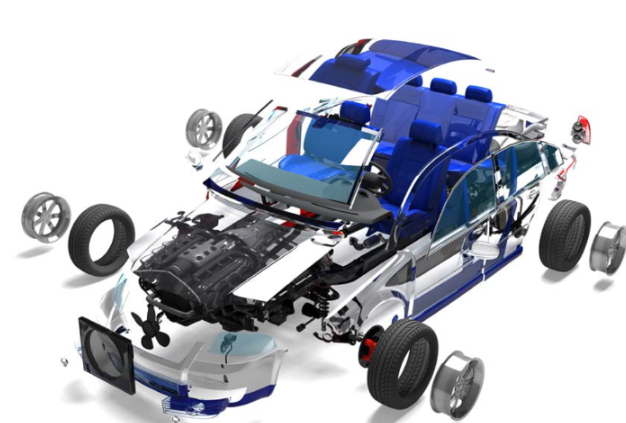Part woes put pressure on auto insurers
The motor insurance industry is grappling with an escalating issue: parts shortages. This trend is significantly impacting claims efficiency, repair timelines, and overall cost management. Whether dealing with vehicles under manufacturer warranty or older models, parts availability is becoming a major hurdle for insurers, repairers, and policyholders alike.
OEM parts: a worsening supply chain strain
For vehicles still under warranty, insurance policies require the use of Original Equipment Manufacturer (OEM) parts to maintain warranty integrity. However, many vehicle agents have drastically reduced their in-house stock of parts, opting instead to order parts on a case-by-case basis. These orders often come from other regions or even overseas suppliers.
The implications for turnaround times and claim finalisation are significant. What once took a few days can now stretch into weeks or months, frustrating policyholders and driving up claim costs. Extended vehicle rentals, increased labour hours, and higher administrative burdens all contribute to rising expenses. Freight, import duties, and special-order costs add further financial strain.
In some cases, OEM parts have taken up to eight months to arrive. More troubling are situations where neither local agents nor overseas manufacturers can provide an estimated time of arrival, especially when parts must be newly manufactured. This lack of control highlights a key vulnerability in the claims process.
Adding to the complexity, many imported OEM parts are considered “special order” and are non-returnable. If claim circumstances change, insurers may be left with expensive, unused parts they cannot return or recover costs on, posing a financial risk to both insurers and policyholders. This issue is not limited to specific brands; the non-availability of OEM parts is spreading across more manufacturers and models, intensifying the challenge industry-wide.

Second-hand and alternate parts: a shrinking supply
For vehicles out of warranty, insurers are typically more flexible with part sourcing, allowing for second-hand or alternate parts. However, this strategy is becoming less reliable. More policyholders are choosing to retain and repair their vehicles privately when insurers declare them total losses. This trend, driven by rising vehicle ownership costs and limited new car availability, is reducing the supply of second-hand parts.
Insurers now face difficult choices when managing repairs on out-of-warranty vehicles:
1 Use of alternate parts. Insurers can turn to alternate or aftermarket parts, but supply can be inconsistent across makes and models. Clients often hesitate to use non-OEM parts due to quality concerns. It is important for insurers to work with vetted part sourcing partners to ensure high-quality components are used, maintaining repair quality while controlling costs and managing client loss ratios.
2 Fallback on OEM parts. When second-hand or suitable alternate parts are unavailable, insurers may revert to OEM parts, reintroducing challenges of long delays, high costs, and potential write-offs of repairable vehicles due to uneconomical repairs.
To continue reading click the button below and go to page 51.
